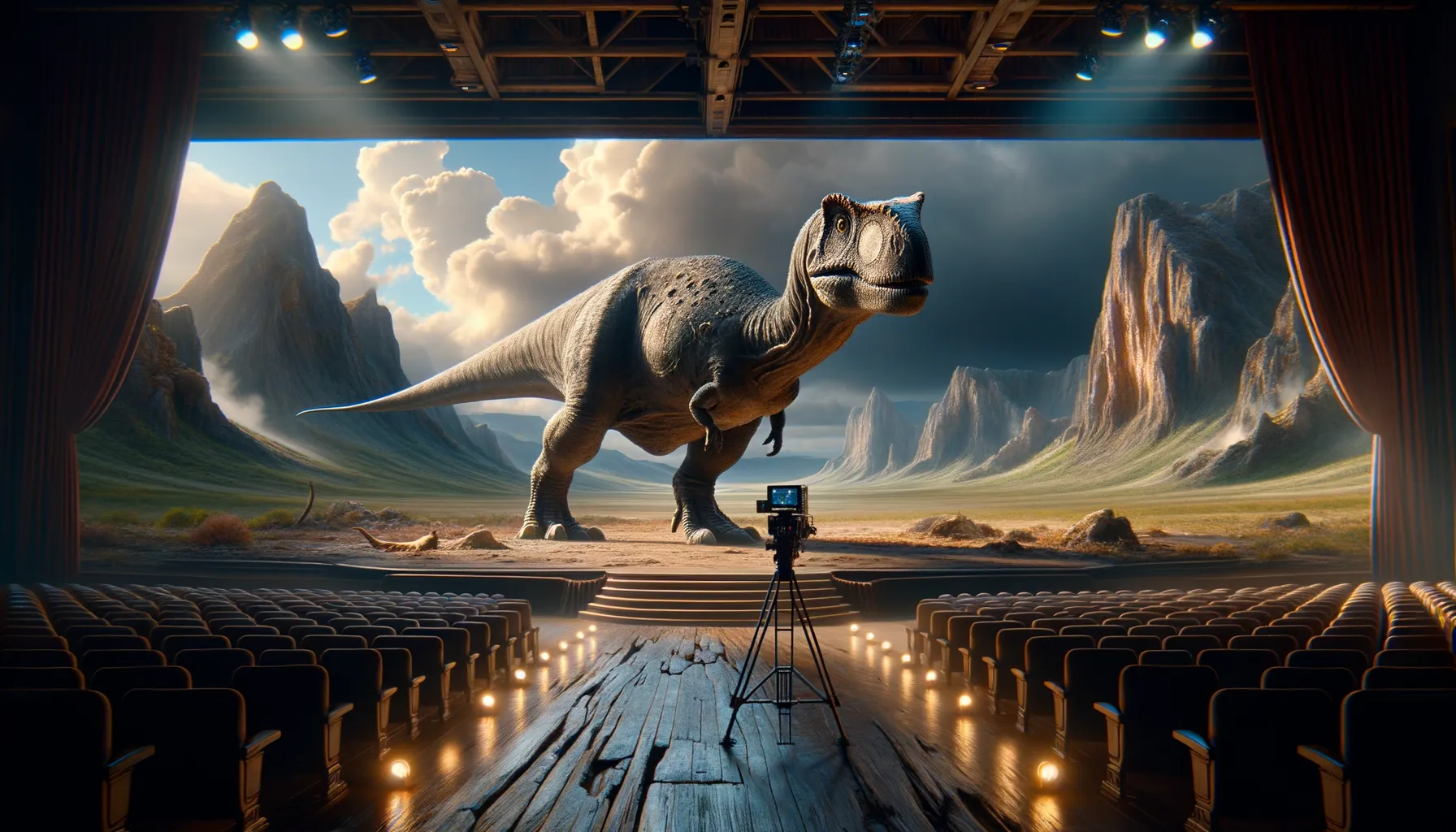
Amtocephale
A remarkable skull, a gentle herbivore.
Period
Cretaceous
Length
Measured about 2 meters in length.
Height
Stood approximately 1 meter tall.
Weight
Possibly weighed around 50 kilograms.
Amtocephale was a small, bipedal, plant-eating dinosaur known for its thick skull, which it may have used for head-butting or defense. It lived during the Late Cretaceous period about 85 million years ago. Fossils found in Mongolia provide insights into its lifestyle and interactions with other species of its time.
Diet
Amtocephale was a herbivore that fed on plants. Its diet likely consisted of ferns, cycads, and other low-lying foliage available in its habitat.
Hunting
As a plant-eater, Amtocephale did not engage in hunting. Instead, it foraged for vegetation to sustain itself, relying on its ability to navigate through dense plant life.
Environmental challenges
Amtocephale faced challenges from predators, ranging from larger carnivorous dinosaurs to small, agile hunters. Its thick skull may have served as a protective adaptation against these threats. Climate changes during the Late Cretaceous also posed challenges, affecting the availability of food and altering their habitats.
Speed
Amtocephale was likely a slow mover.
Lifespan
Estimated lifespan was around 20 years.
First discovery
Discovered in Mongolia in 2006.
Fun Facts
- Amtocephale was discovered in the Gobi Desert, a region famous for its rich fossil findings.
- The name 'Amtocephale' means 'Amto's head,' named after the location of its discovery.
- It lived during the Late Cretaceous period, which was around 80 million years ago.
- Amtocephale belonged to the group of dinosaurs known as pachycephalosaurs, which are characterized by thick, bony skulls.
- The thick skull suggests it might have used head-butting as a form of behavior, possibly in male dominance or mating rituals.
- Fossils of Amtocephale are mainly parts of its skull, making the complete appearance of this dinosaur a mystery.
- Amtocephale was relatively small compared to other dinosaurs, likely about the size of a medium dog.
Growth and Development
Like many dinosaurs, Amtocephale likely experienced rapid growth during adolescence, requiring a continuous supply of food. Its thick skull developed as it matured, potentially playing a role in social behaviors or competition for mates. Study of its bones indicates periodic growth spurts consistent with other pachycephalosaurids.
Habitat
Amtocephale inhabited semi-arid regions of what is now Mongolia, characterized by a mix of coniferous trees, ferns, and flowering plants. Seasonal variations influenced the availability of food, driving some migration within its territory. It likely preferred areas with ample vegetation for grazing and cover from predators.
Interaction with other species
Amtocephale coexisted with both predators and other herbivores, leading to a complex social ecosystem. It may have formed small groups for protection against predators. Interaction with other herbivores could include competition for resources, while potential predators kept it on constant alert.
Natural lifespan
Amtocephale would have lived naturally for about 20 years.
Reproduction
Amtocephale likely reproduced by laying eggs, typical of dinosaurs. Nesting sites might have been communal to increase the survival chances of the hatchlings. Parental care in the form of guarding the nests or tending to young is a possibility, though evidence remains speculative.
Social behaviour
Amtocephale may have lived in small herds or social groups, providing safety in numbers against predators. Social interactions could include head-butting contests, with individuals vying for dominance or access to resources. Communication through vocalizations or body language might have played a crucial role in maintaining group cohesion.
Fossil locations
The primary fossils of Amtocephale have been discovered in Mongolia, within the Gobi Desert region. These fossil sites have yielded multiple dinosaur species, painting a picture of the diverse ecosystems of the Late Cretaceous. Excavations continue to uncover more specimens, offering further insights into its life and environment.
